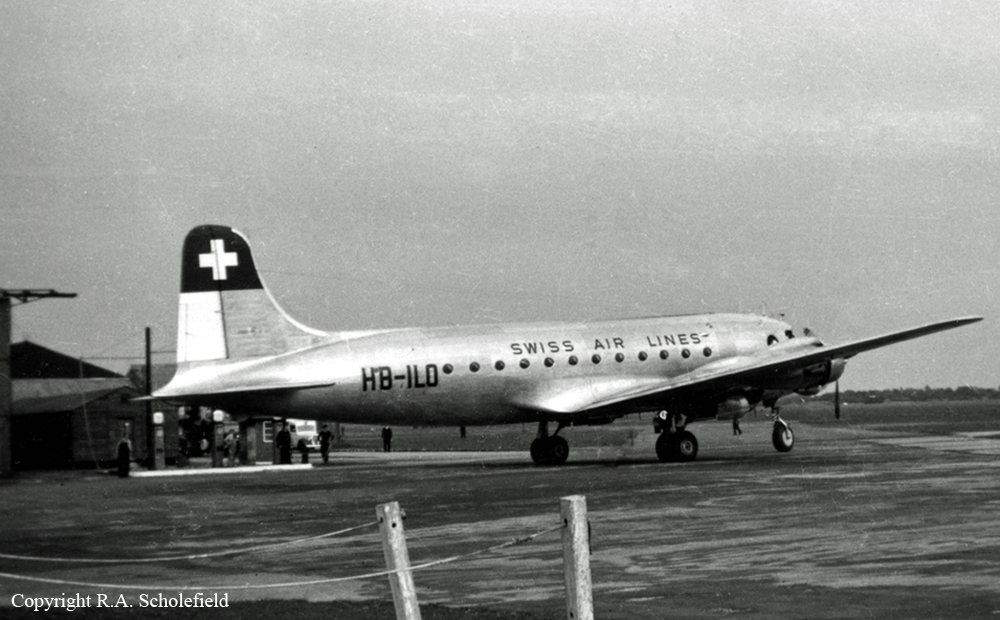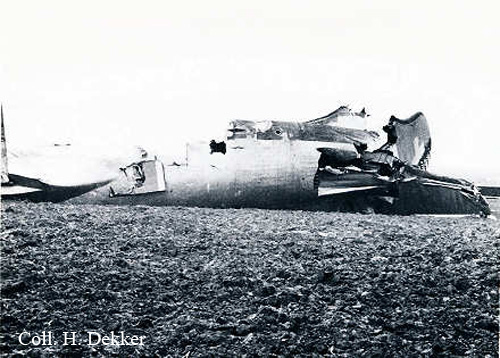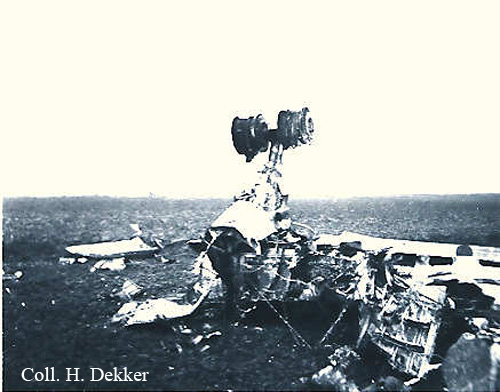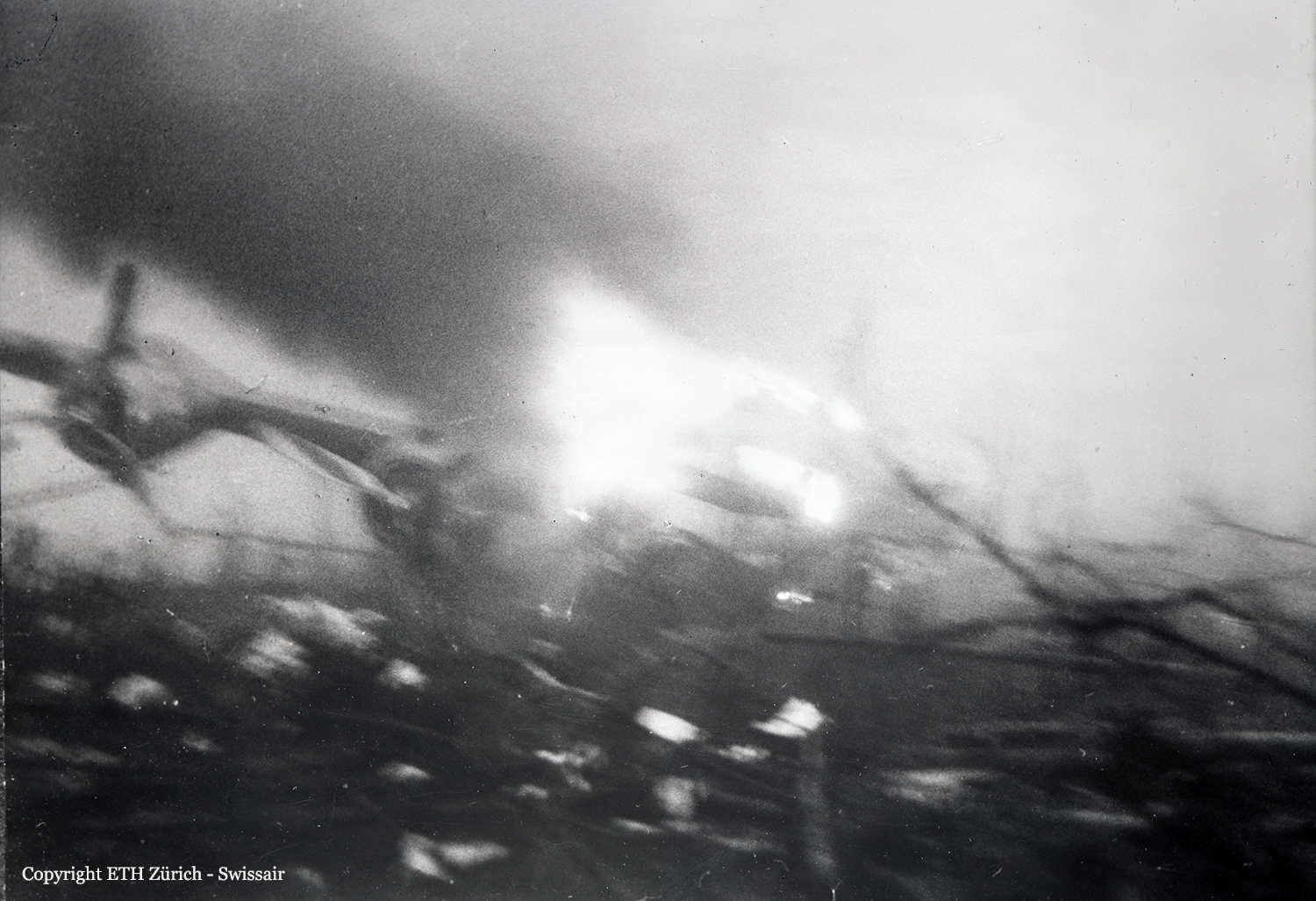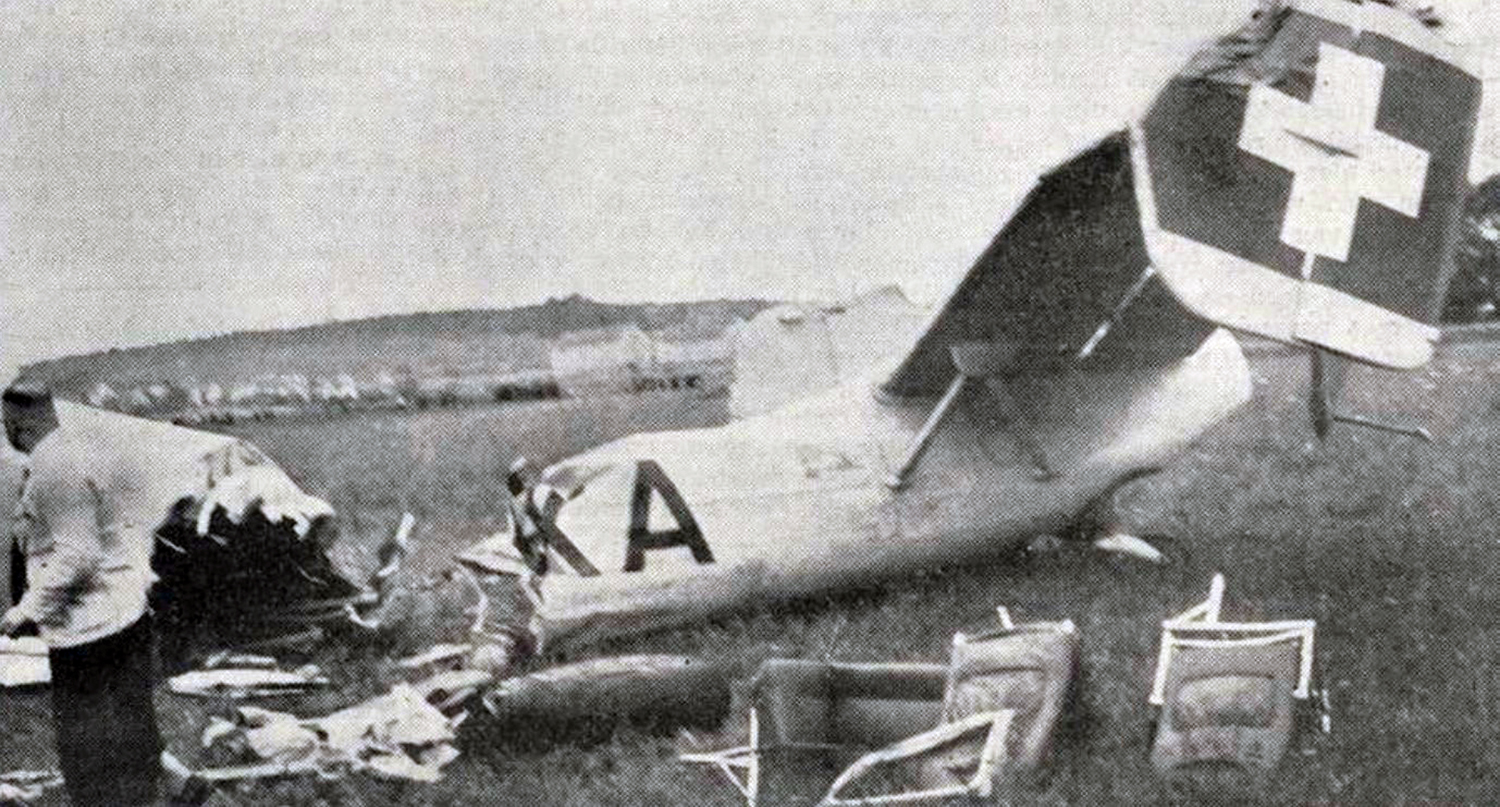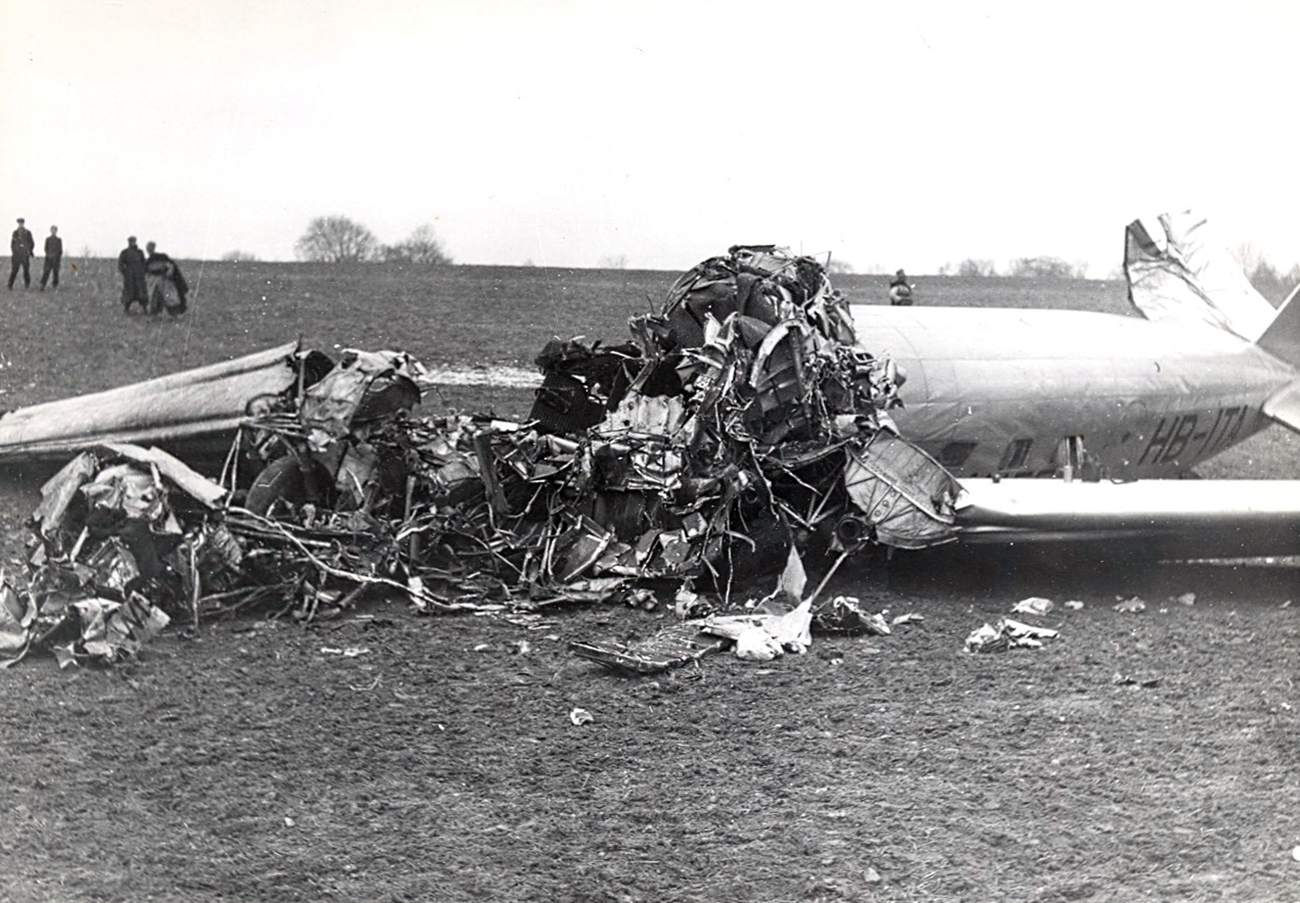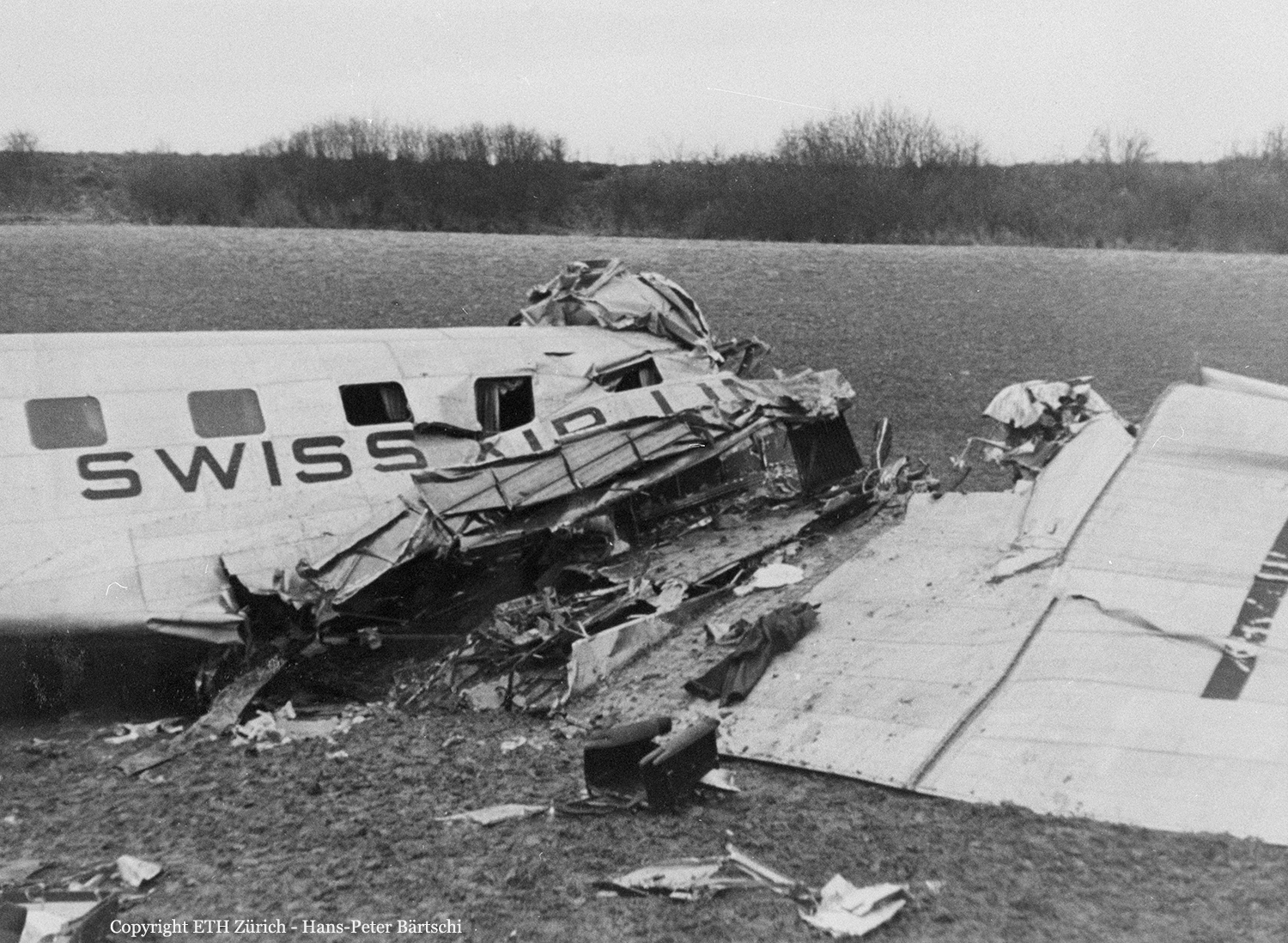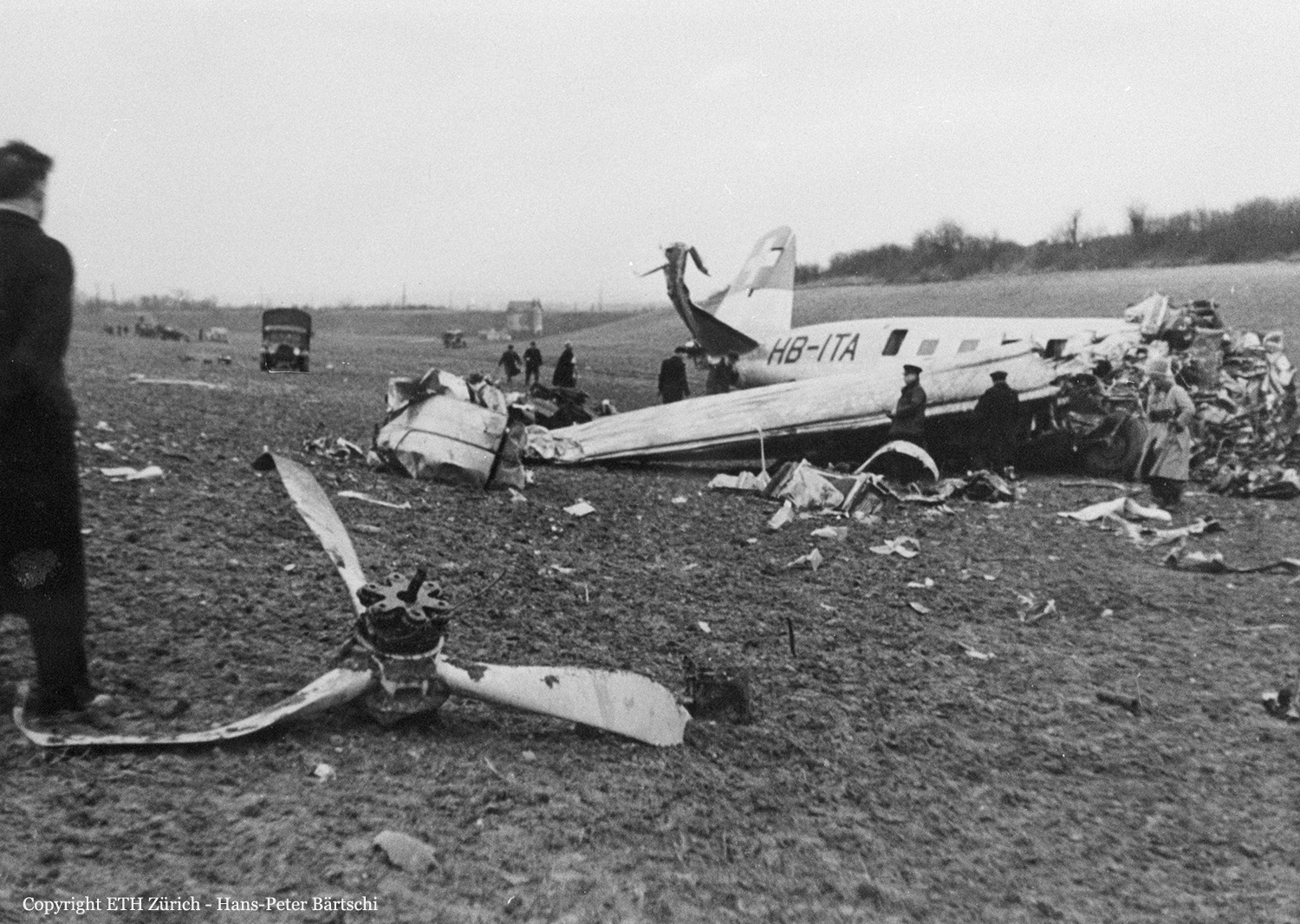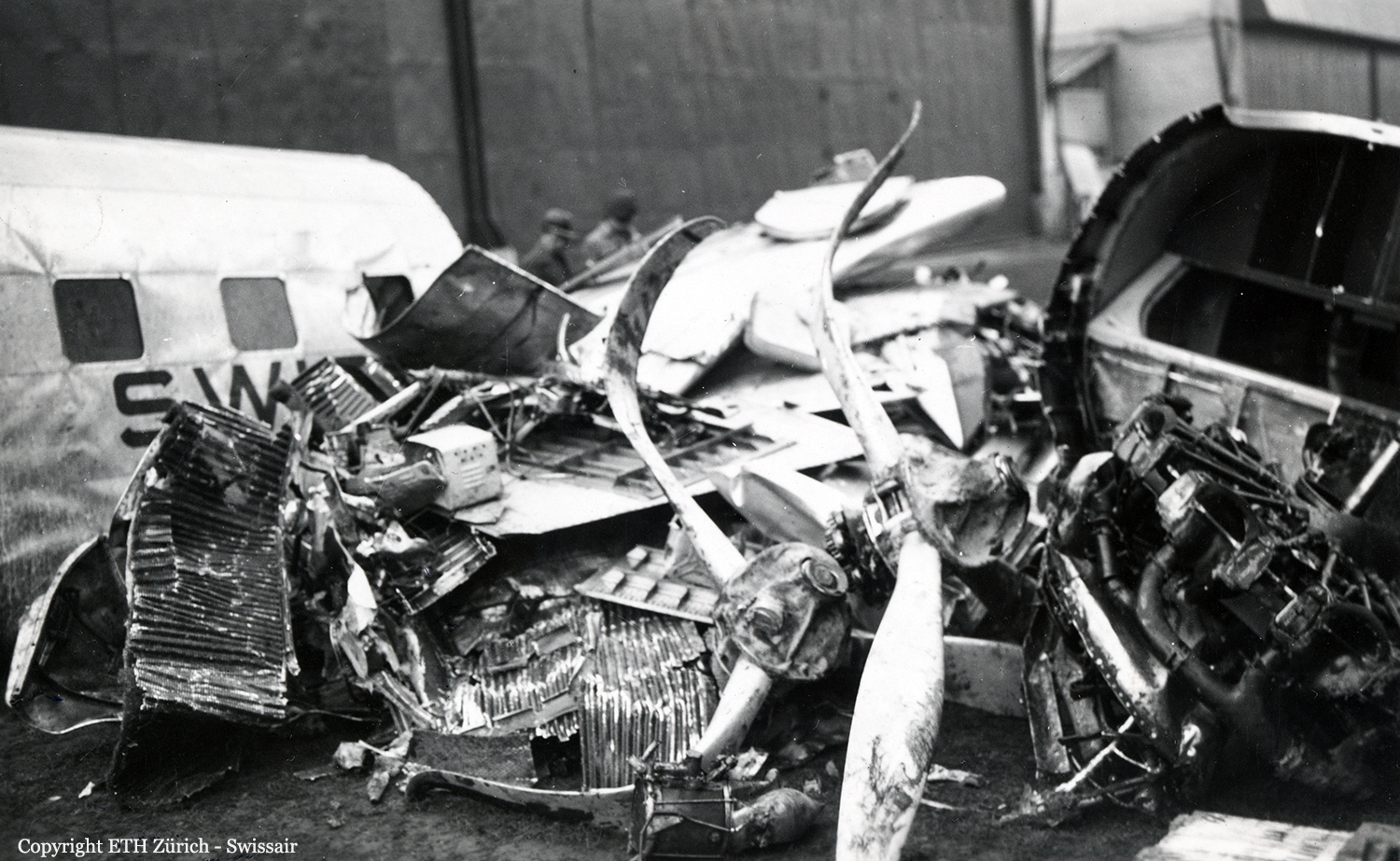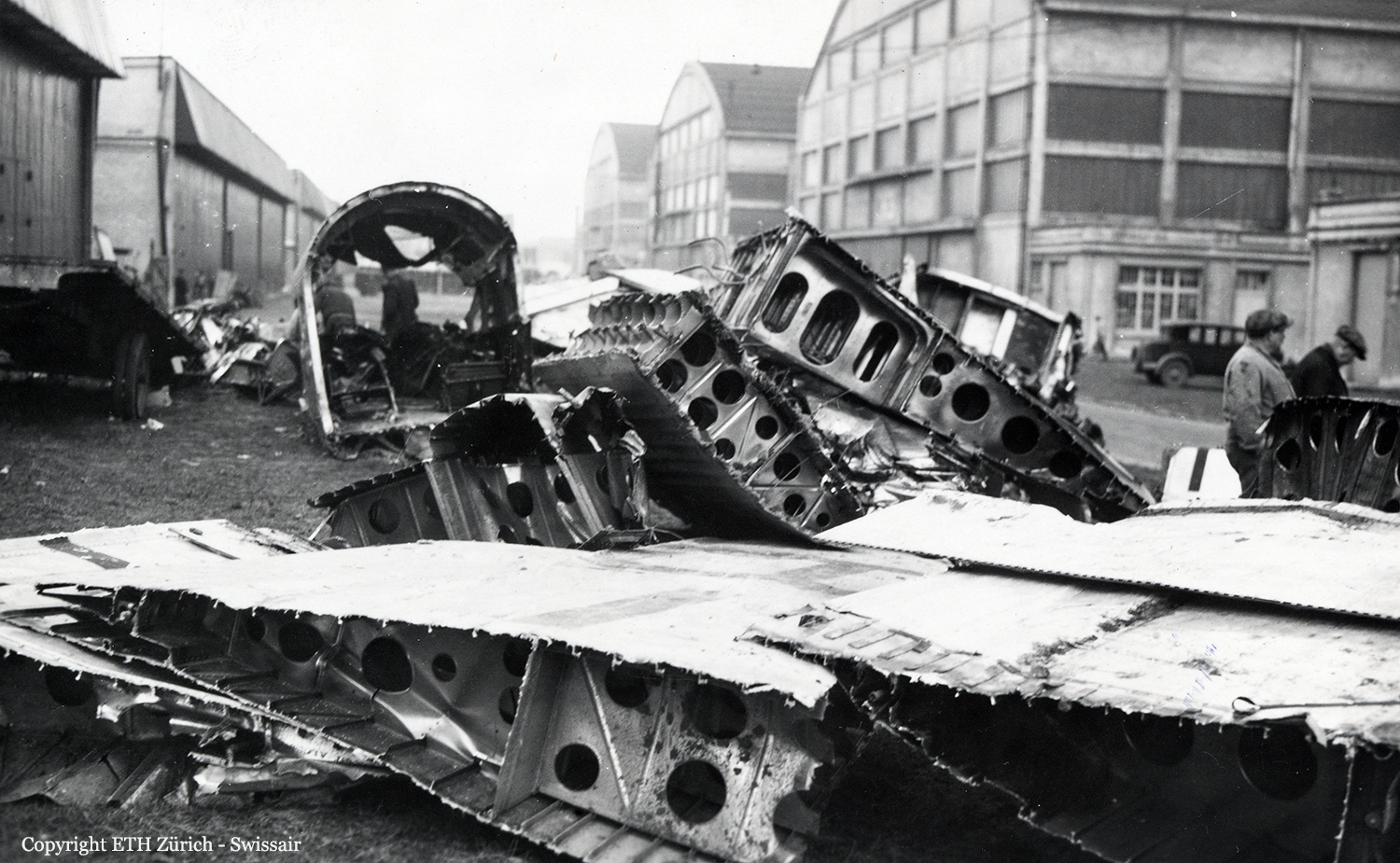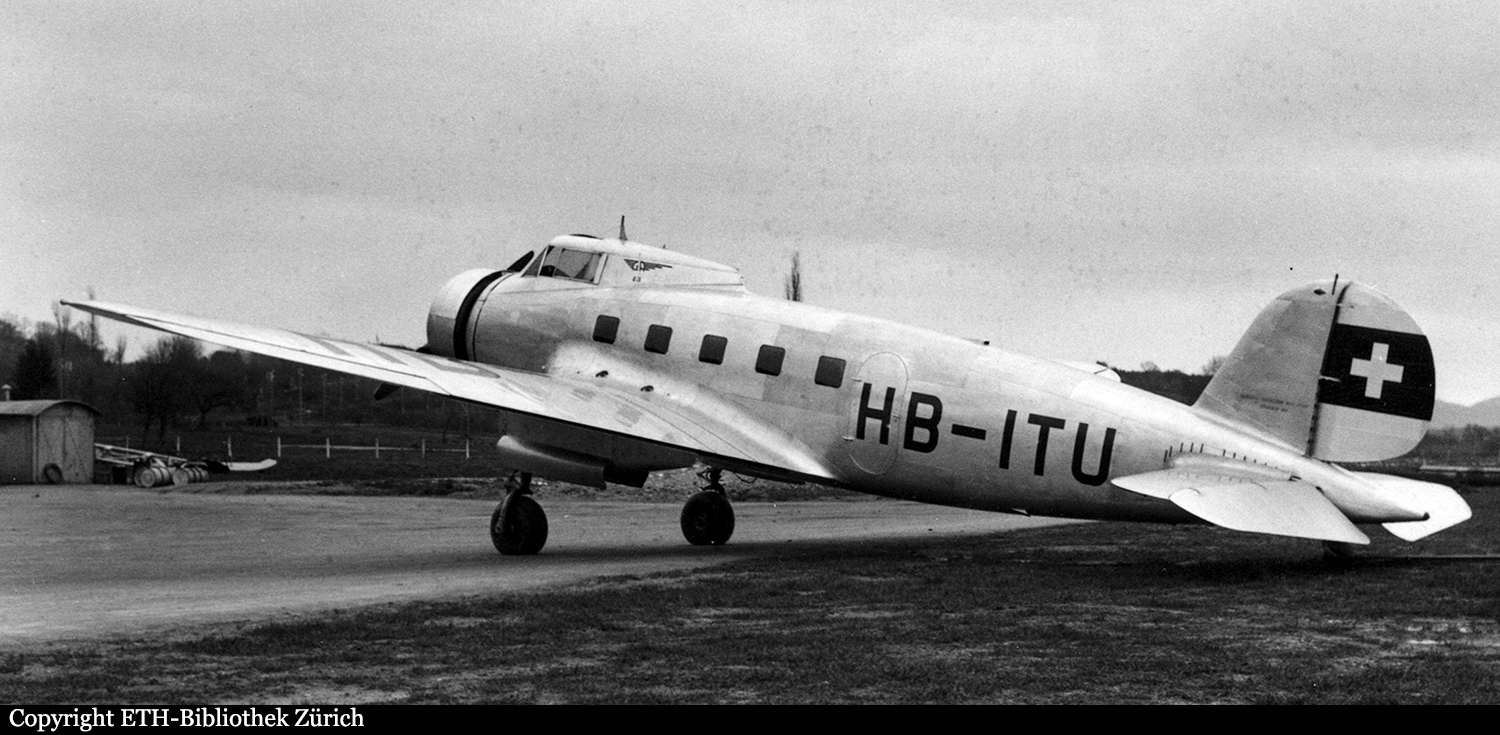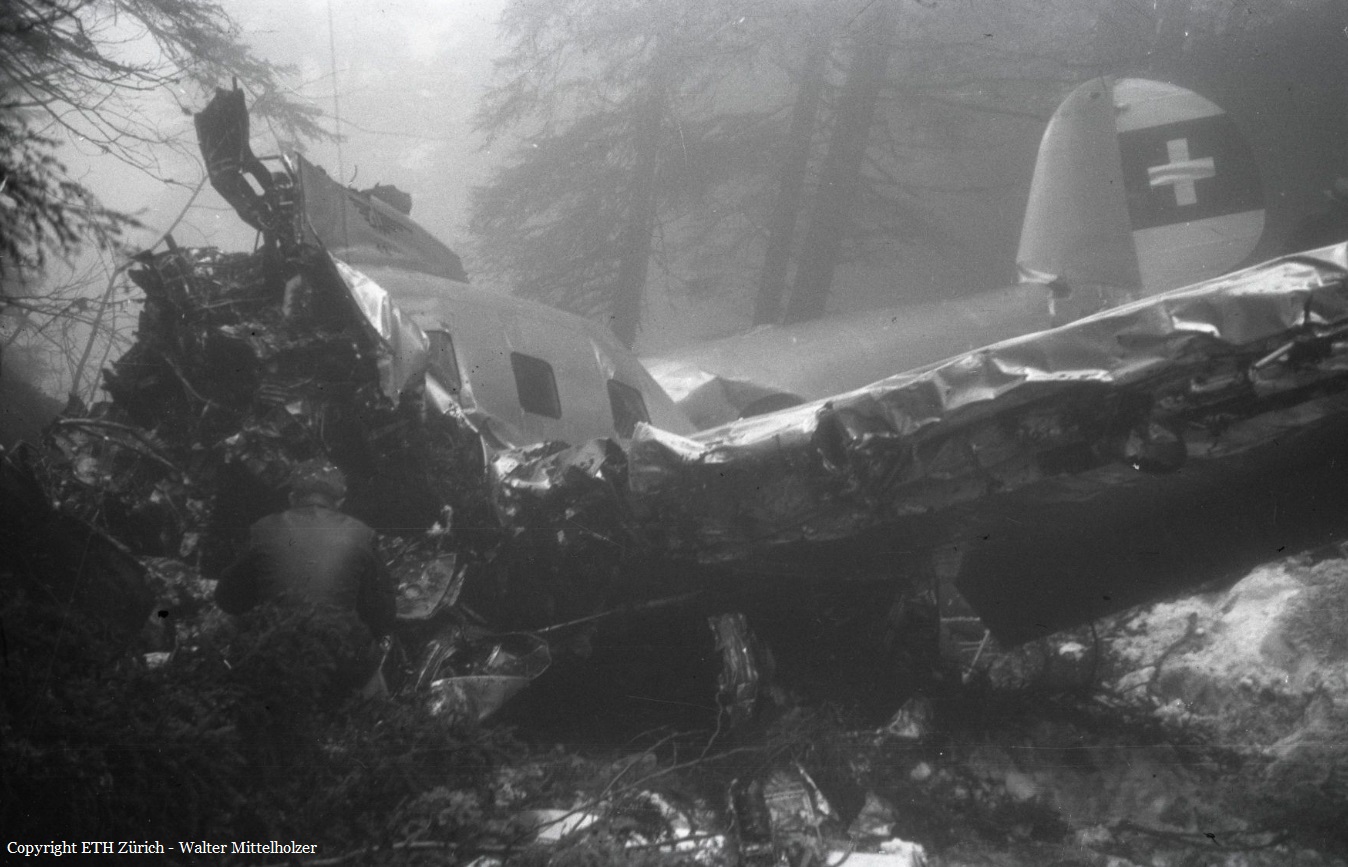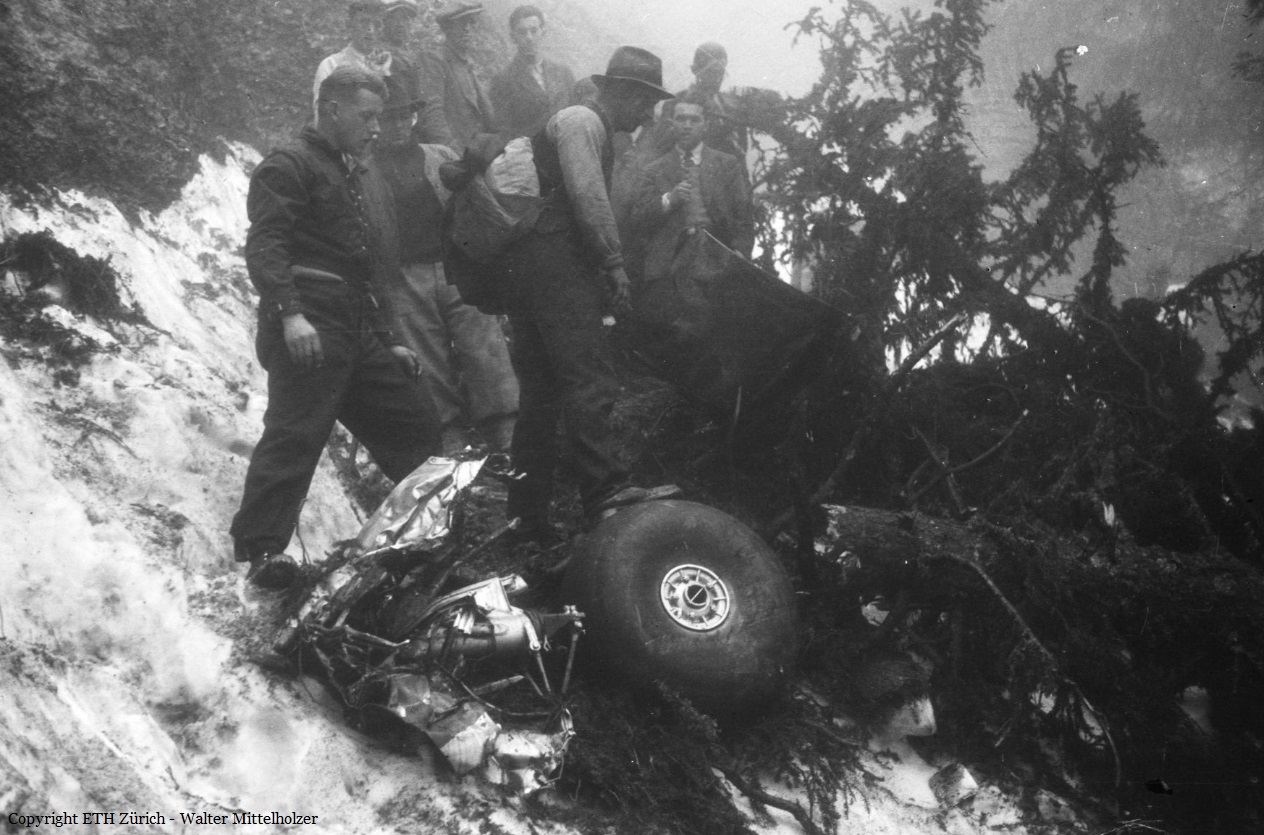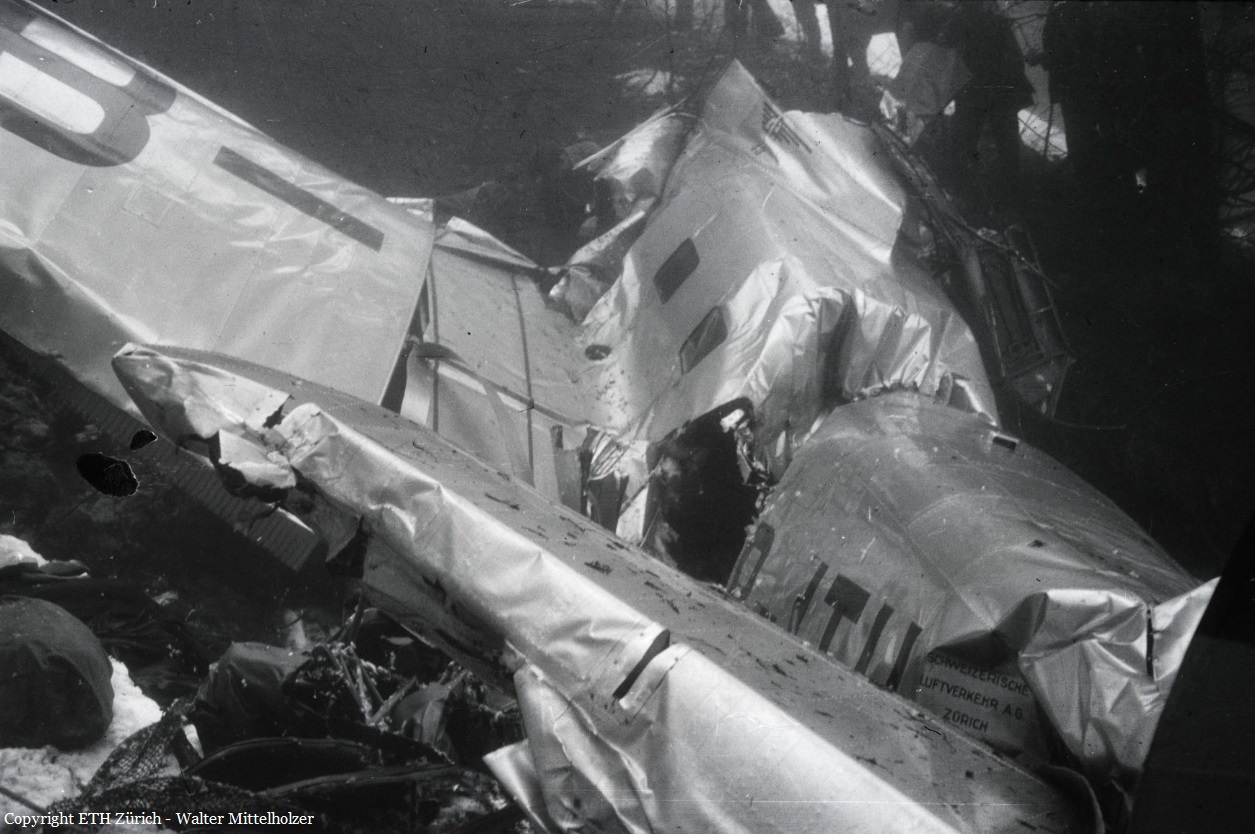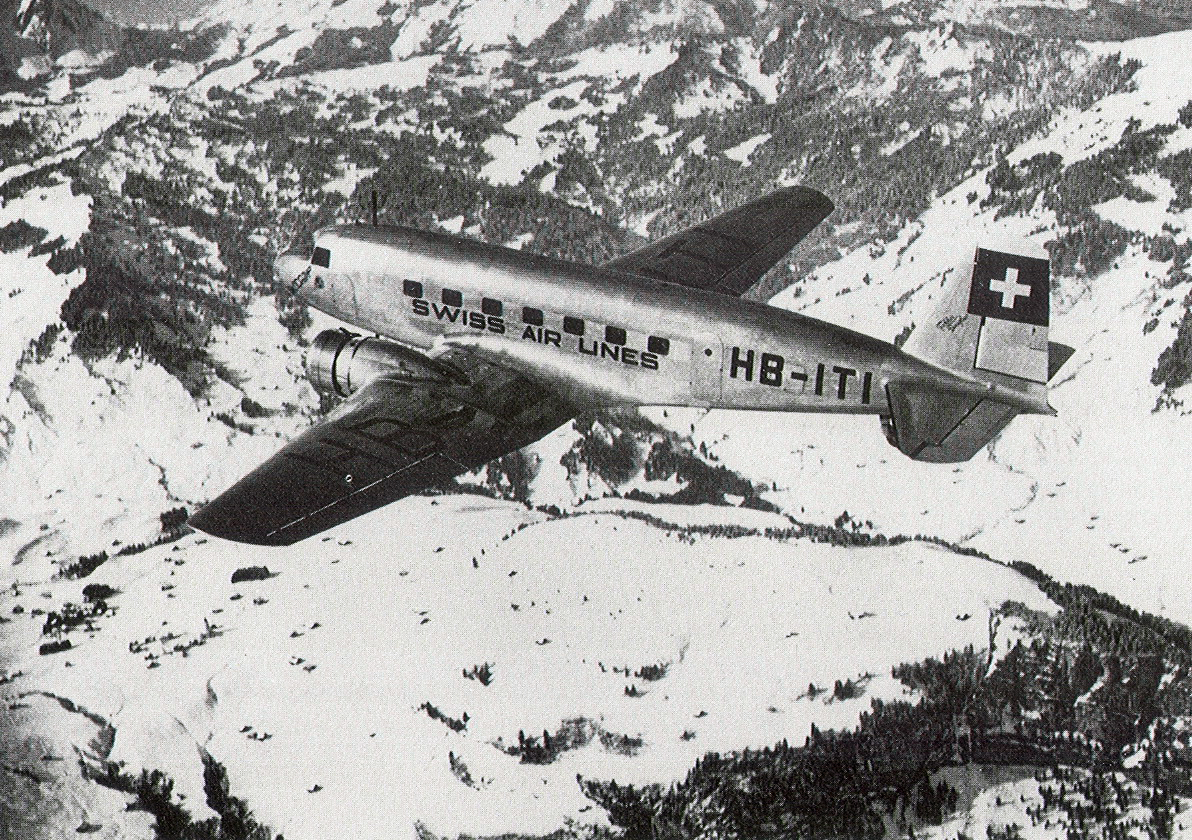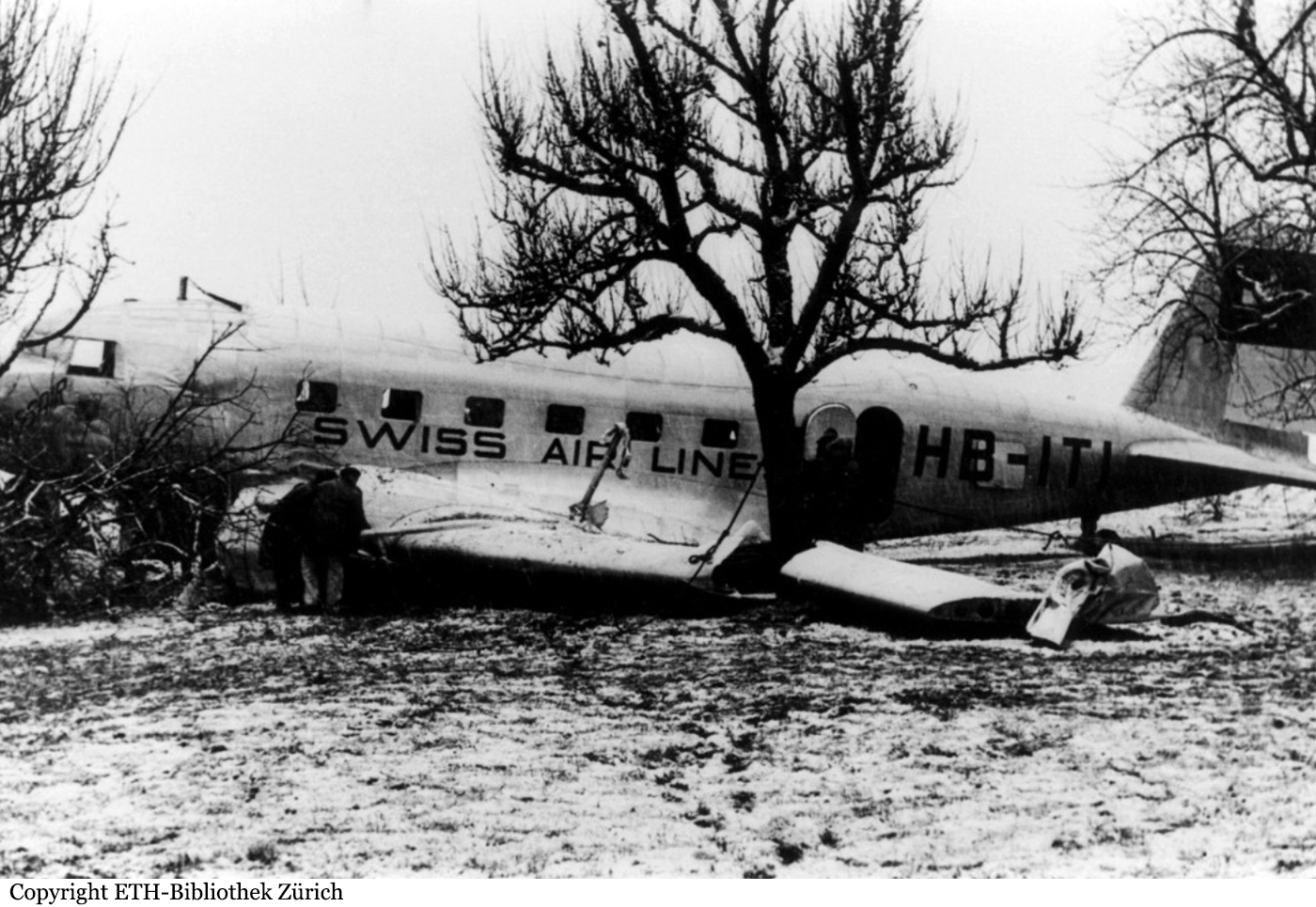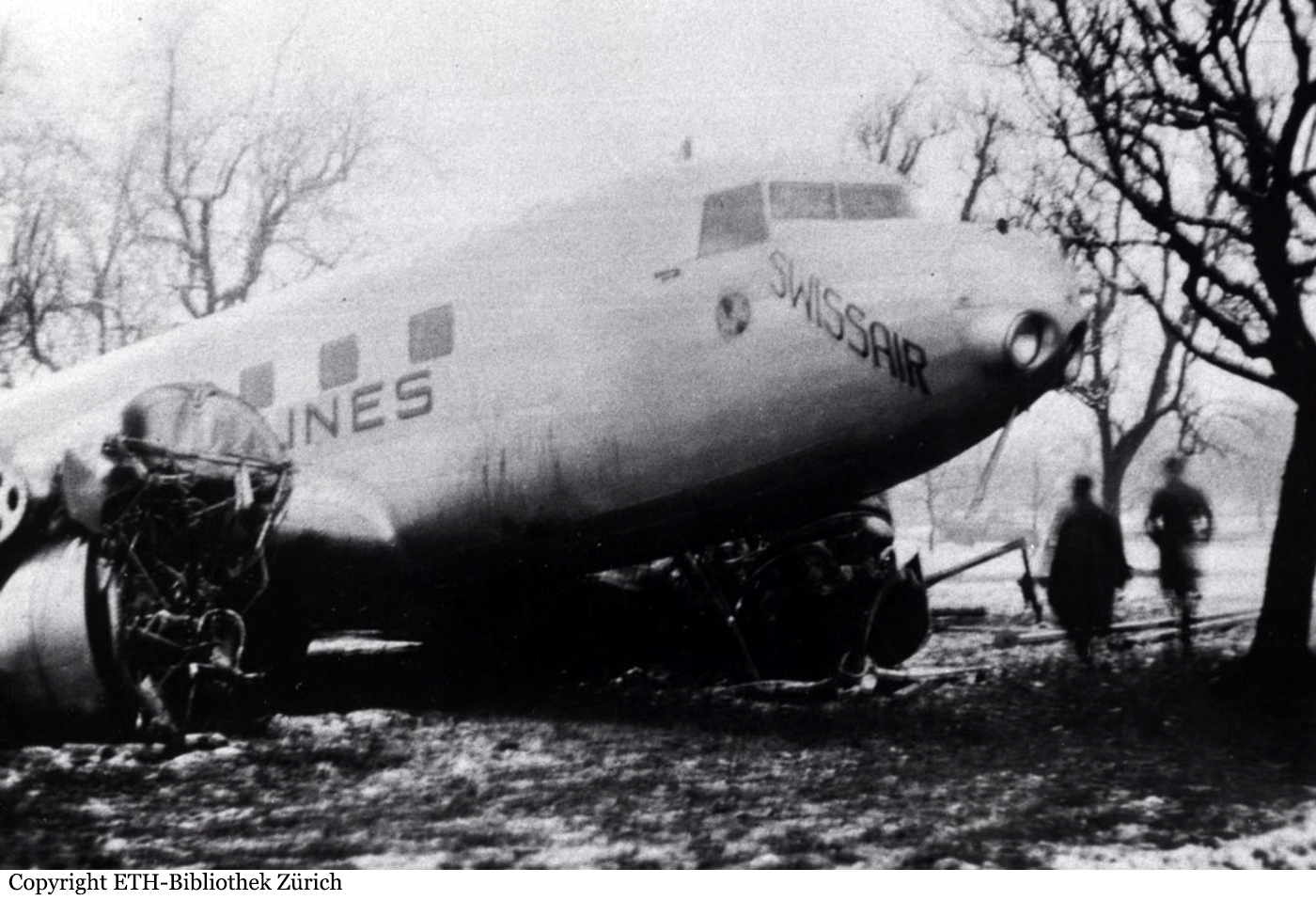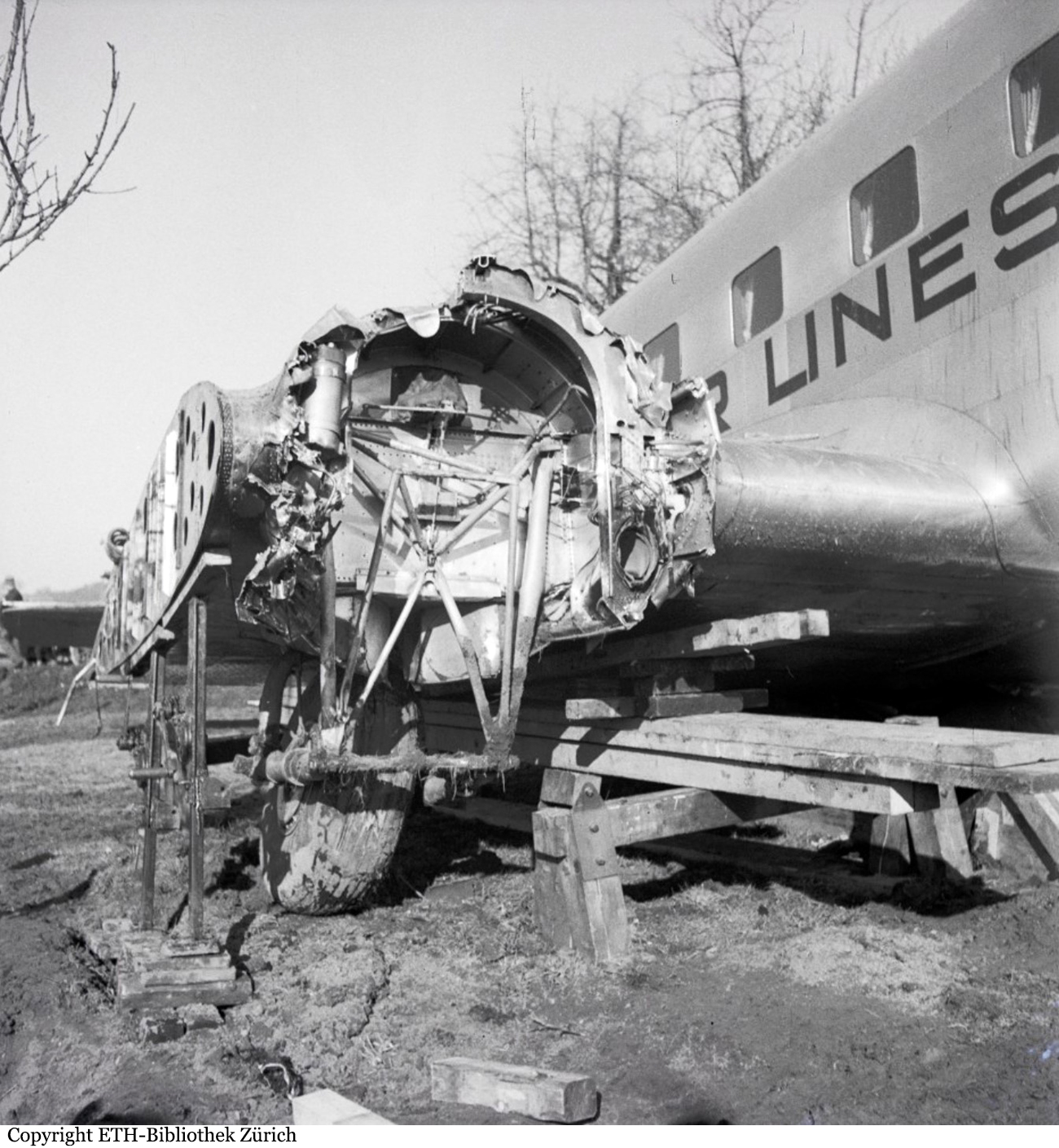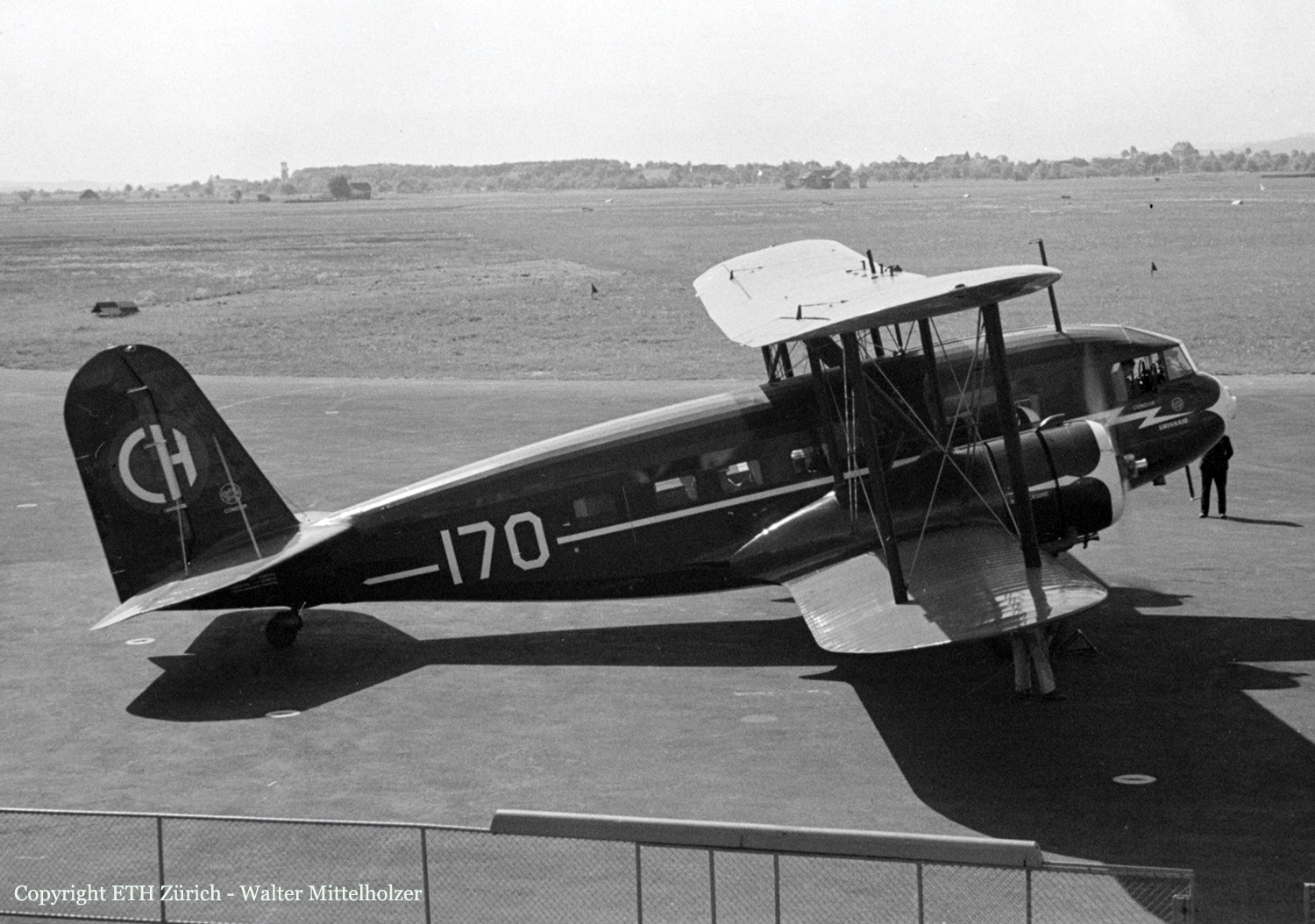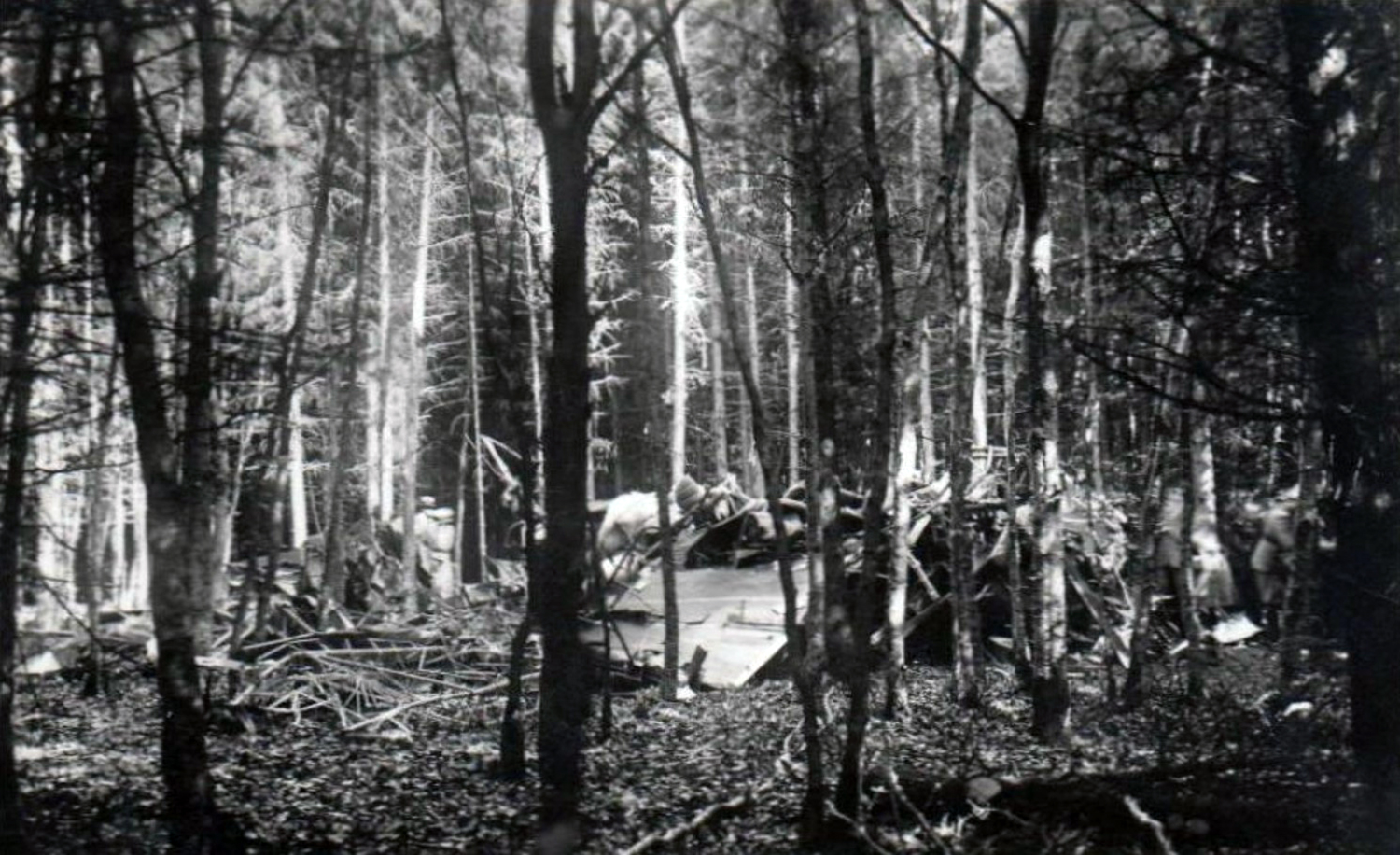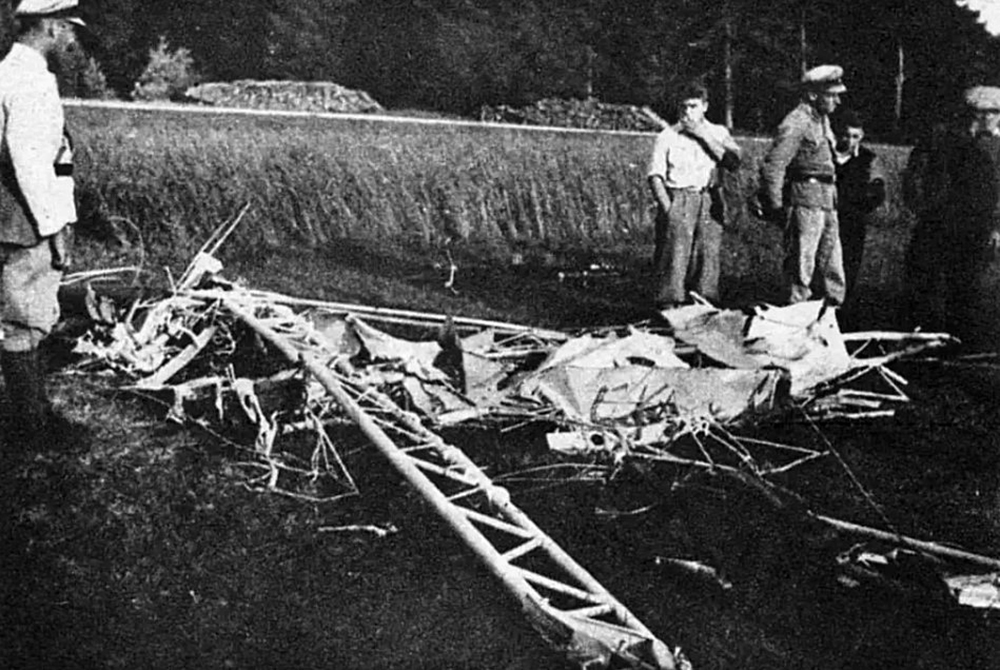Crash of a Convair CV-240-4 off Folkestone: 3 killed
Date & Time:
Jun 19, 1954 at 2300 LT
Registration:
HB-IRW
Survivors:
Yes
Schedule:
Geneva – London
MSN:
61
YOM:
1948
Crew on board:
4
Crew fatalities:
Pax on board:
5
Pax fatalities:
Other fatalities:
Total fatalities:
3
Circumstances:
While overflying The Channel by night at an altitude of 12,000 feet, the port engine stopped. The captain feathered its propeller, informed ATC about his position and obtained the permission to divert to Manston Airport. Few minutes later, the right engine failed as well. The crew decided to ditch the aircraft about 12 km off Folkestone. After one hour, four crew members and two passengers were rescued by the crew of a boat while three other passengers drowned. The aircraft later sank and was lost.
Probable cause:
Failure of both engine in flight following a fuel exhaustion. It was determined that at the time of the accident, fuel tanks were empty as the aircraft was not refueled prior to takeoff from Geneva Airport. Investigations revealed that the crew requested to refuel before takeoff but for unknown reason, this operation was not completed. Also, both pilots failed to follow the pre-departure checklist and failed to check the fuel jauges prior to departure.



